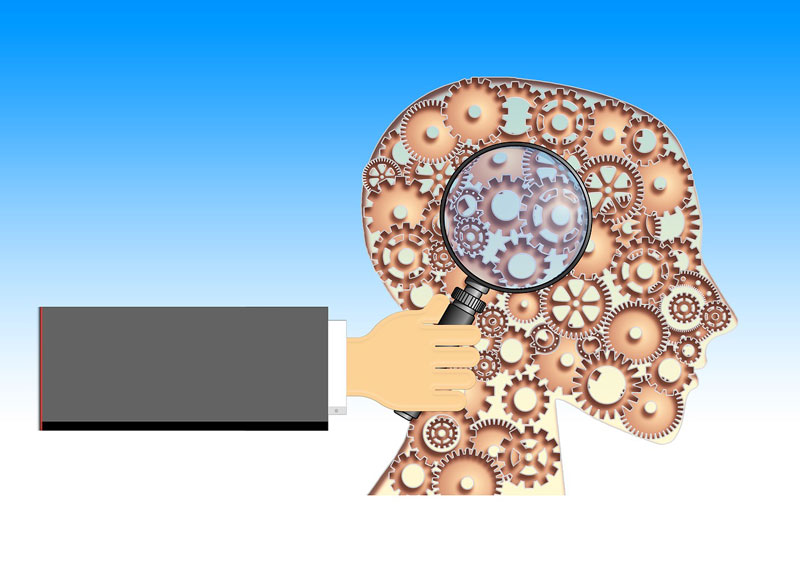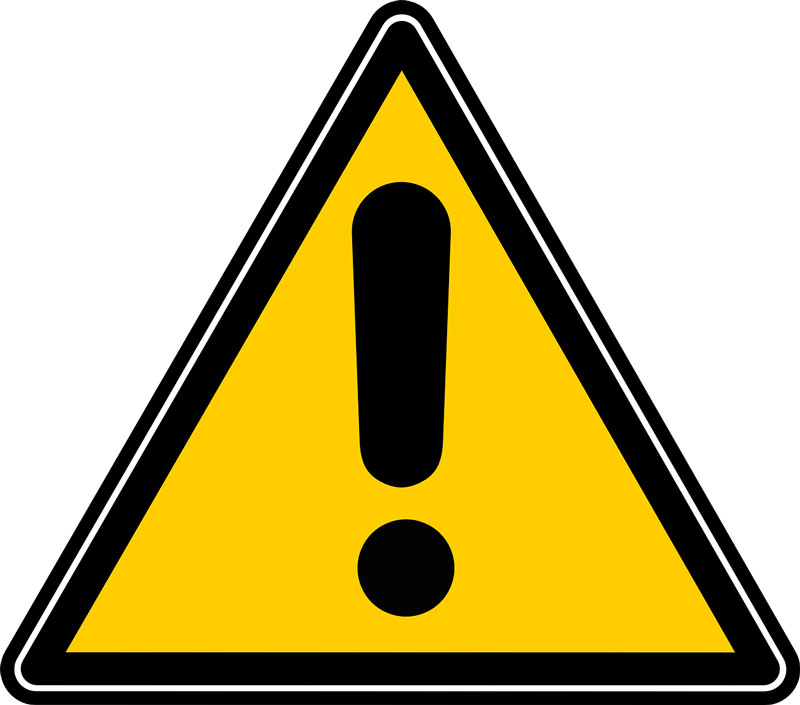Hypersomnia. Don’t sleep on it!
Sleepyhead and hypersomnia, how can I tell them apart?
Feeling sleepy all the time, having trouble waking up every morning, feeling as if part of you is still asleep for the first hours of awakening, and having trouble concentrating are all signs that something may be wrong. Stop blaming yourself … the struggle is real!
The idiopathic (meaning without a known cause) hypersomnia’s cardinal feature is excessive daytime sleepiness. The sleepiness of hypersomnia is characterized by the fact that it is persistent despite adequate sleep time (at night or with naps). Not to be confused with a side effect of sleep deprivation, the characteristic hypersomnia’s sleepiness is chronic and not linked to sleep duration.
Aside from severe sleepiness, this is how people describe their hypersomnia related-symptoms:
- Not feeling refreshed at awakening. Feeling groggy and slow for an extended period after awakening. Being “sleep drunk”. Sleep drunkenness is an extreme and prolonged difficulty to feel fully awake and is associated with a strong and hard to resist desire to go back to sleep. Disorientation, confusion, irritability and poor coordination may occur as well. Individuals can hit snooze on their alarm for hours and still need further motivation to get out of bed and get on with their day.
- An excessive need for sleep with unrefreshing sleep despite adequate or long sleep time. Sleeping 9 hours or more during a 24-hour period is frequent, including long nights (9 hours or more) and long naps (as much as an hour or more). However, even if sleep/nap duration is long, it is usually unrefreshing.
- Disrupted or lack of attention due to the severe sleepiness, sometimes called “brain fog.” Some people struggle with concentration and memory. Others experience automatic behaviours involving very brief daytime sleep episodes while performing a habitual activity, like driving, without being aware of doing so. People say that they need to talk or move a lot during the day to counteract their need to fall asleep and to fight attention deficit. This symptom is called motor hyperactivity and may be an adaptive countermeasure to attempt to boost alertness in order to have productive days
- Chronic headaches, excessive sweating and depression can also be reported in conjunction with hypersomnia.
- Few people report sleep paralysis and hallucinations at sleep onset and/or offset. These symptoms are unsettling but harmless. The temporary inability to move or speak for a few seconds or minutes (i.e. paralysis) can be accompanied by very vivid and sometimes frightening hallucinations or dreamlike images.
The absence of cataplexy (the loss of muscle tone triggered by an emotion while being awake) and sudden “sleep attacks” helps to differentiate this sleep disorder from another one, narcolepsy, which also has severe sleepiness as a hallmark symptom. When suffering from hypersomnia, you feel consumed by sleep and invaded by the constant urge to sleep, as opposed to being suddenly seized by sleep.
Onset tends to be in adolescence or early adulthood, yet diagnosis is often made years later due to lack of awareness, self-blaming and social stigma. It is a rare condition with little data available. Estimates indicate that between 0.02 to 0.10 percent of the population is affected, with no gender difference. As a chronic condition, lifelong symptoms may vary in intensity with some periods being worse than others.

What to do or not do?
When it’s persistent over time, hypersomnia should be taken seriously as it can be the symptom of sleep diseases such as sleep apnea, narcolepsy, and idiopathic (when no cause is found) hypersomnia. Chronic and exaggerated (hyper-) need for sleep (-somnia) can also be linked to psychological and medical conditions, so getting help is not a luxury, a whim or a sign of weakness.
Since people with hypersomnia often blame themselves and live without a proper diagnosis for a long time, the self-shaming and minimizing of the sleepiness and its consequences are crucial signs that should help healthcare professionals and people suffering from it recognize this rare sleep disorder.
It is of utmost importance to be aware of the particularities of idiopathic hypersomnia to recognize it and avoid misdiagnosis. Since insufficient sleep is a particularly common cause of temporary sleepiness, it is important to not confuse it with the incapacitating lifelong condition that is idiopathic hypersomnia not caused by poor sleep hygiene causing sleep deprivation. Moreover, sleepiness is often mistaken for fatigue, which is a lack of energy without inadvertent or excessive sleep.
Remember to take action. You now know that severe daytime sleepiness is debilitating and should not be overlooked or treated lightly. It’s a condition that should not bring on shame. It may be a sign of a sleep condition or a medical or psychological disorder. Once severe sleepiness is recognized, find its causes with the help of healthcare and sleep professionals to get a proper diagnosis and treatment.
First, poor sleep hygiene such as the feeling of not sleeping enough and voluntary sleep deprivation need to be ruled out. Medical and psychological conditions also need to be investigated. For example, severe sleepiness can be a symptom of head trauma even years after it happened, or depression or the effects of a drug, medication or hormones (like during pregnancy or linked to a thyroid dysfunction).
Secondly, if hypersomnia remains unexplained, sleep studies are the next course of action to continue the eliminatory diagnosis process and rule out other sleep disorders causing sleepiness (i.e. narcolepsy, sleep apnea, etc).
Sleep studies are a combination of subjective and objective sleep assessments, done at home or at the sleep clinic at your convenience by sleep professionals. They could include questionnaires, keeping a sleep journal and evaluating overall sleep quality using diverse physiological tests and evaluating the time it takes to fall asleep (sleep latency).
Your sleep quality and architecture will be recorded using a polysomnogram (PSG). This non-painful test uses multiple electrodes resting on your skin to measure electrical brain and muscle activities while you sleep. Sleep studies often test your breathing and lung function as it can explain several daily symptoms of poor sleep. To do so respiratory rates and oxygen levels are recorded with a nose cannula, an effort belt is placed over your chest and abdomen and a heart rate and oxygen sensor at the tip of one of your fingers.
Another hallmark objective test is the Multiple Sleep Latency Test (MSLT), a nap test that investigates excessive daytime sleepiness after an overnight recording. At the clinic, multiple nap opportunities are given during the day and the number of times the person falls asleep, time until sleep initiation and napping sleep architecture are measured with PSG.
For more information on sleep studies, please consult the Canadian Sleep Society (CSS) patient guide: https://css-scs.ca/resources/brochures/patient-guide
As for treatment, the goal is to curtail daytime sleepiness. Healthy life choices, such as eating well and exercising regularly, must be identified and practiced. If needed, help can be sought to find a healthier balance. Few studies have been conducted on the treatment of idiopathic hypersomnia, but at this time, stimulant medication may be used to reduce sleepiness.
Symptom recognition, awareness and sleep studies are the way to go to get the proper diagnosis and treatments. Lifestyle adjustments are essential to enjoy a better quality of life.
What are the causes of hypersomnia?
This sleep disorder is described as idiopathic when all potential known causes of the severe sleepiness have been ruled out. In other cases, hypersomnia can be attributed to another sleep disorder, to an ongoing health condition such as depression or to hormonal changes caused by pregnancy or thyroid dysfunction for example. It can also be a side effect of a drug or treatment or the consequence of a head trauma.

Hypersomnia is understudied and further investigation is needed to better understand the causes.


What are the consequences of hypersomnia?
Consequences of hypersomnia are debilitating since symptoms often significantly undermine our capacity to function socially or at school or work. If left undiagnosed or untreated, this condition can lead to an inability to initiate or continue with one’s schooling or job. It can also lead to safety issues with driving especially, difficulty in self-care and self-confidence, a struggle with caregiving such as childcare, and loss of social interaction and isolation, and more.
Once recognized, it is important to stop blaming yourself and start dealing with the causes of hypersomnia. Even though there is no cure to idiopathic hypersomnia, disease consequences can be reduced to a minimum with stimulant medication, safety and lifestyle adjustments.
